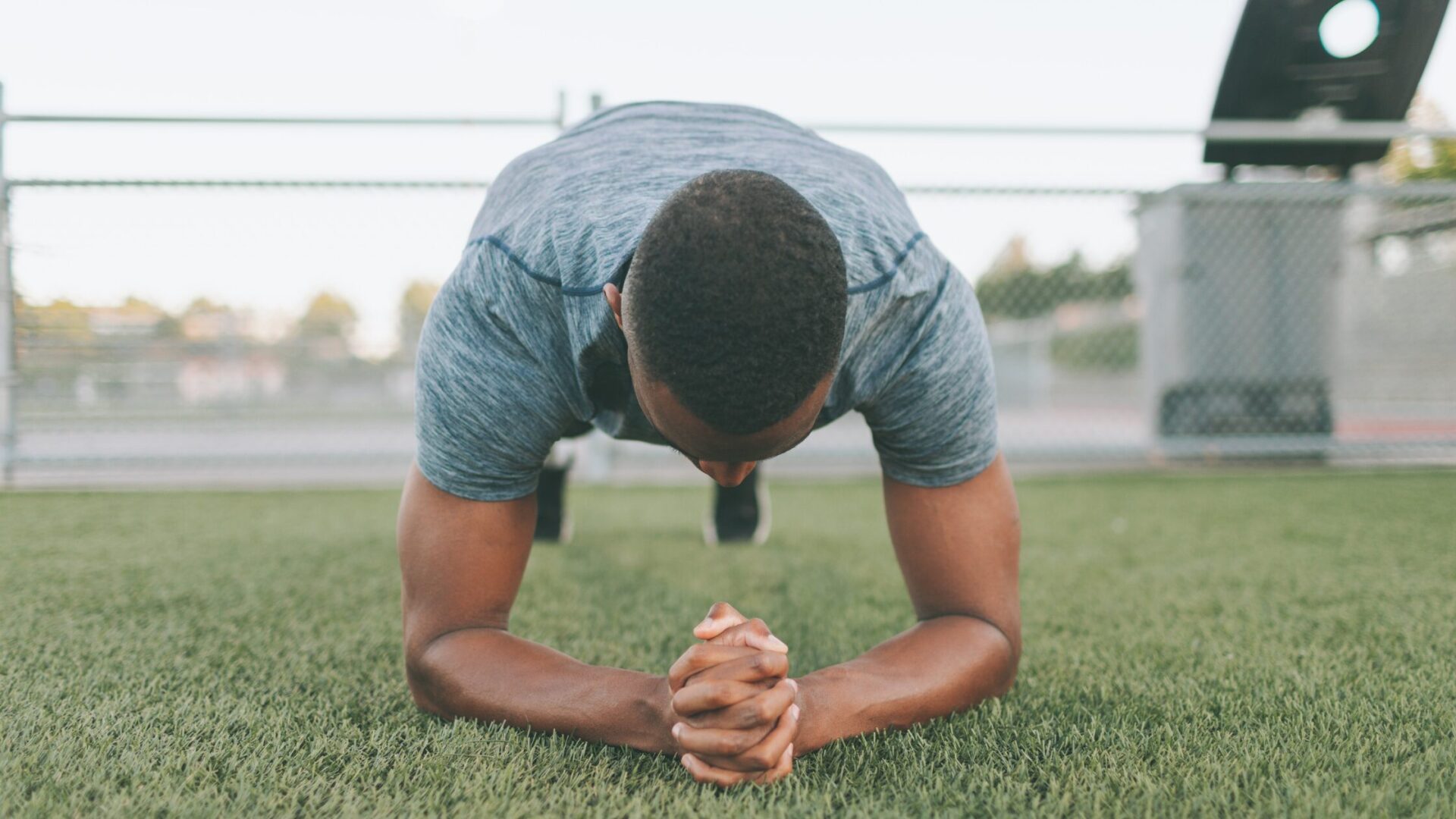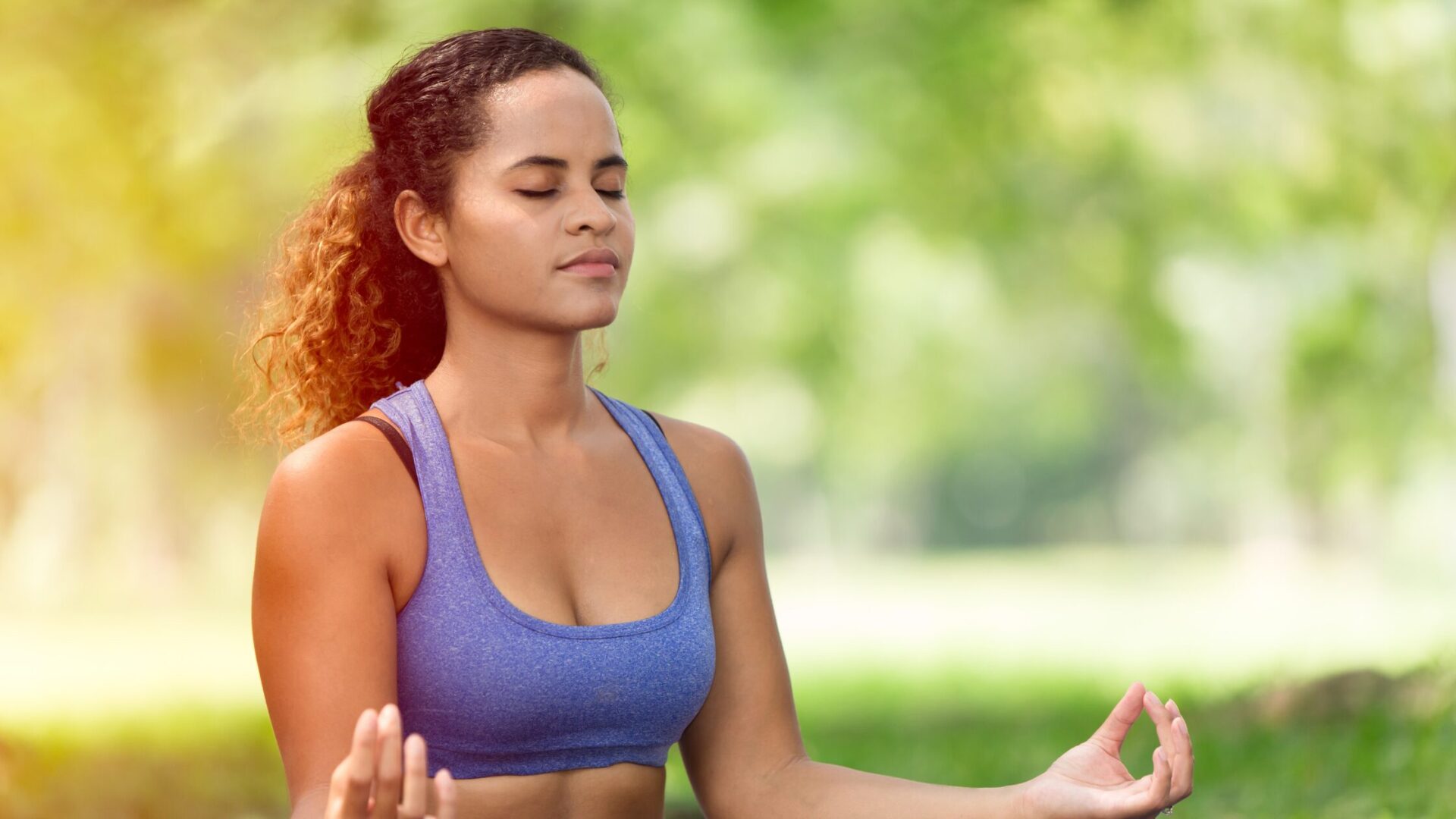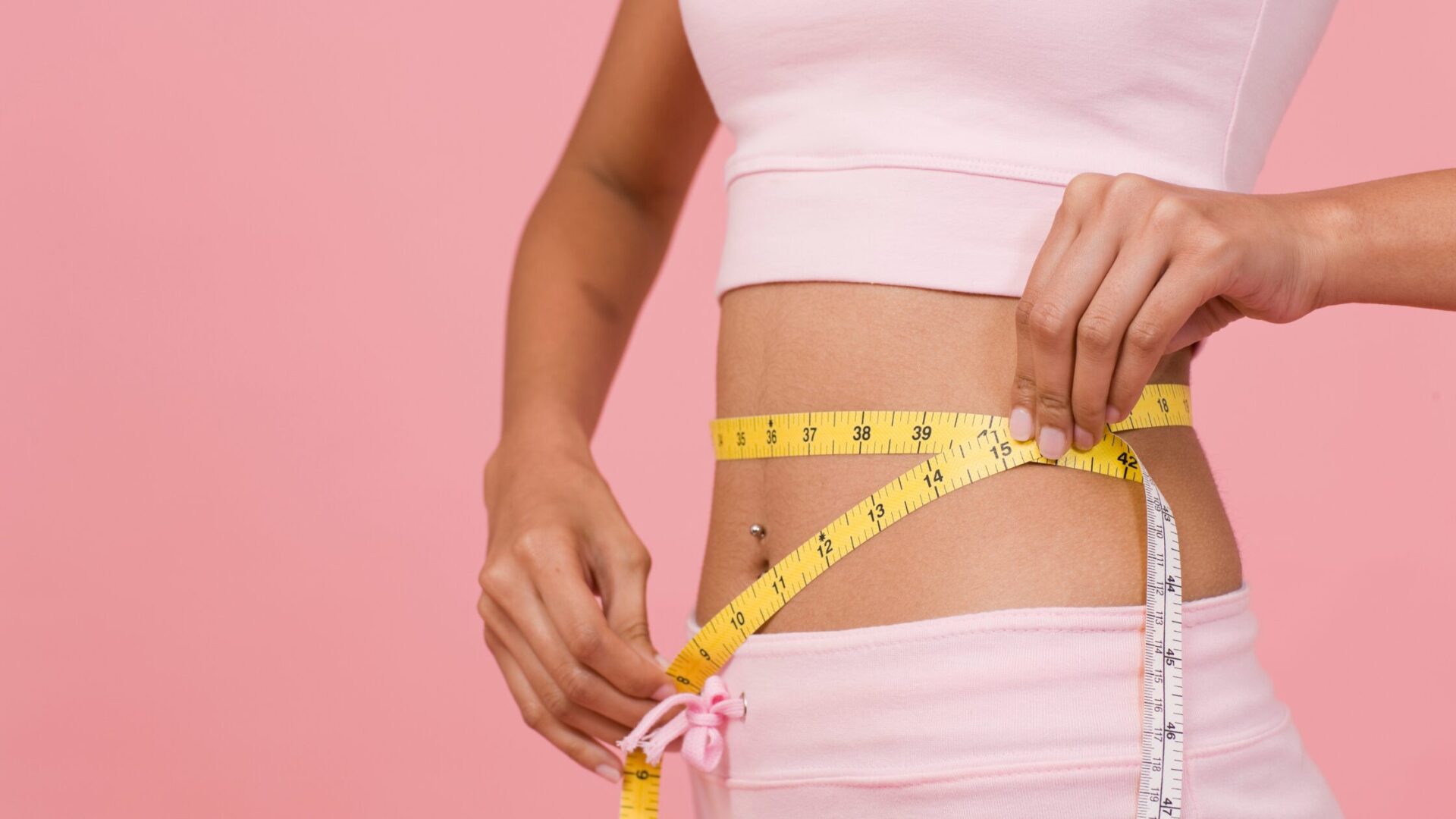10 Effective Home Workouts for Busy Professionals In 2024
1- Quick and Effective Cardio Routines
Cardiovascular exercises are keys to maintaining a healthy lifestyle, especially for those with time constraints. Here are a few cardio workouts that can be easily performed at home:
● Jumping Jacks: This classic exercise boosts your heart rate effectively. Start with your feet together, hands at your sides, and then jump while raising your arms above your head and separating your legs to the sides. Return to the initial position and repeat.
● High Knees: Simulate running in place, but lift your knees as high as possible with each step. Keep your pace brisk to get the blood pumping.
● Skipping: If you have a jump rope, use it to perform short bursts of high-intensity skipping. It’s not only a fun activity but also an excellent way to increase your heart rate and improve coordination.
Maximizing Workout Efficiency
Time efficiency is paramount for busy professionals seeking to incorporate fitness into their daily routines. The exercises listed, such as Jumping Jacks, High Knees, and Skipping, are designed to deliver maximum cardiovascular benefits in minimal time. A short, 10-minute session can elevate your heart rate and kickstart your metabolism, making these workouts not only effective but also exceptionally suitable for those with packed schedules.
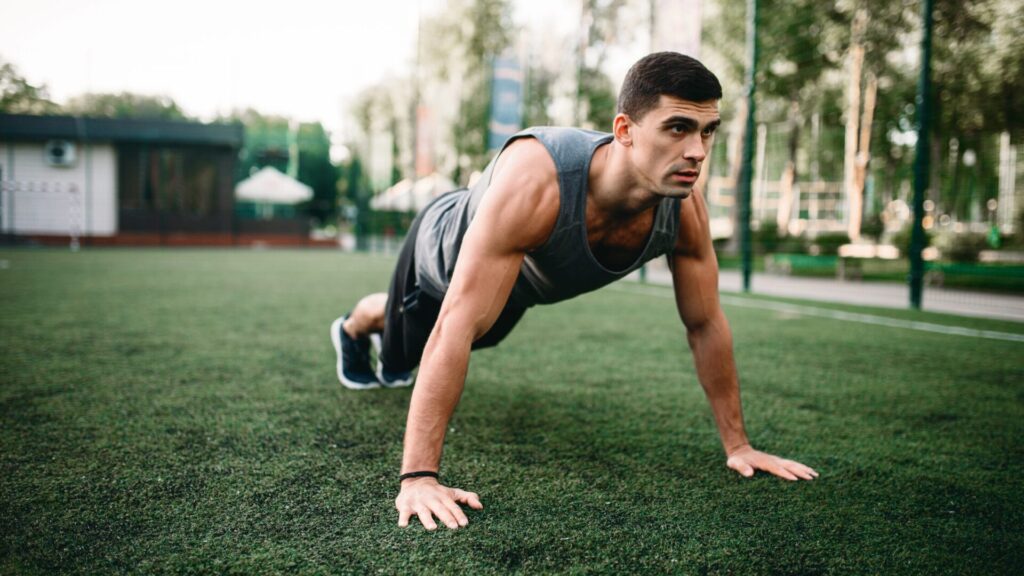
Effectiveness of Home Cardio Workouts
Effectiveness doesn’t always require complexity. These straightforward exercises are powerful tools for promoting heart health, enhancing stamina, and burning calories. By committing to these routines regularly, you can achieve noticeable health improvements, demonstrating that impactful workouts are indeed possible within the comfort and convenience of your own home.
2- Strength Training Without Equipment
Strength training is crucial for building muscle and bone density, boosting metabolism, and increasing overall physical strength. The following bodyweight exercises can be performed without equipment, making them ideal for home workouts:
● Push-ups: A fundamental exercise that strengthens the chest, shoulders, triceps, and core. Begin in a plank position with your hands shoulder-width apart, lower your body until your chest nearly touches the floor, and then push back up to the starting position.
● Planks: Great for core conditioning, planks also work your shoulders, chest, and legs. Start on your elbows and toes, keeping your body in a straight line from head to heels. Hold this position for as long as you can maintain proper form.
● Squats: These target your quads, hamstrings, and glutes, as well as your core. Stand with feet slightly wider than shoulder-width apart, bend your knees and lower your hips as if sitting in a chair, then return to standing.
Incorporating these exercises into your routine can significantly enhance your strength and endurance without the need for any gym equipment.
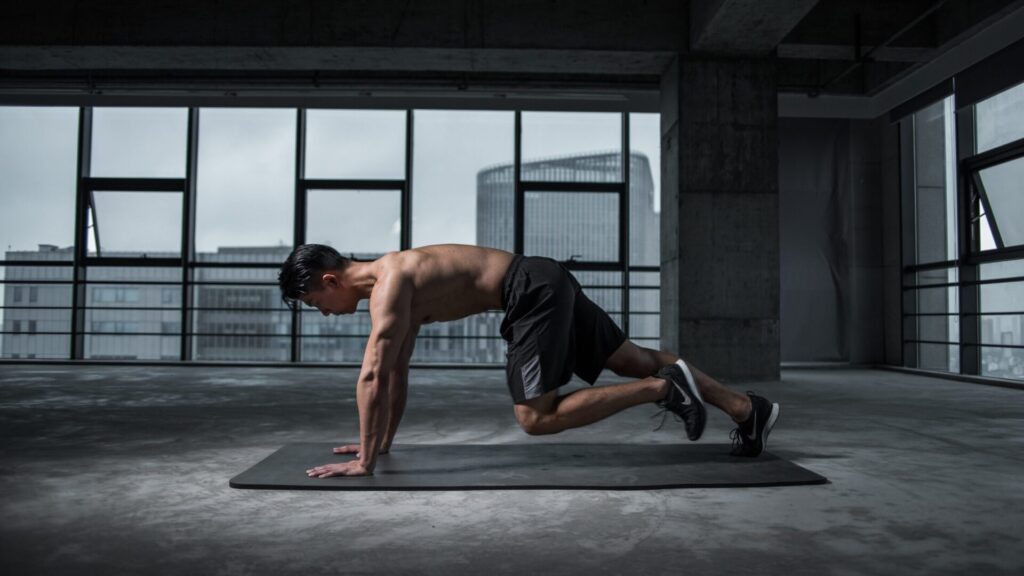
Health Benefits of Strength Training
Strength training offers more than just muscle building. It promotes overall health and well-being through various exercises:
● Push-ups
● Planks
● Squats
These exercises help prevent bone loss and muscle deterioration, common issues as we age. They also aid in managing chronic conditions like arthritis, obesity, heart disease, and type 2 diabetes. Additionally, strength training boosts metabolism, leading to effective weight control. It improves mental health by reducing anxiety and depression while enhancing self-esteem.
3- Yoga and Flexibility Workouts for Beginners
Yoga is a holistic practice combining physical postures, breathing techniques, and meditation to enhance flexibility, strength, and mental clarity. For beginners looking to start a yoga journey, here are some fundamental poses that serve as the cornerstone of the practice:
● Mountain Pose (Tadasana): This foundational standing pose promotes good posture and a sense of groundedness. Stand with your feet together, arms at your sides, and distribute your weight evenly. Engage your core and lengthen your spine as if a string were pulling you from the crown of your head.
● Downward-Facing Dog (Adho Mukha Svanasana): A well-known pose that stretches the hamstrings, calves, and spine. Begin on your hands and knees, tuck your toes, lift your hips, and straighten your legs to form an inverted V shape.
● Child’s Pose (Balasana): This resting pose is great for relaxation and stretching the hips, thighs, and ankles. Sit back on your heels with your knees apart, fold forward from the hips, and extend your arms in front of you on the floor.
Engaging in these poses not only increases flexibility but also helps relieve stress and centers the mind. Beginners can gradually increase the duration of holding each pose, aiming for a smooth transition as they build their yoga practice.
Importance of Flexibility and Balance in Fitness Routines Flexibility and balance have important benefits for overall fitness:
● Improved range of motion in joints
● Reduced risk of injuries and post-workout soreness
● Enhanced muscle effectiveness
● Strengthening of muscles in legs and core for stability
● Maintenance of independence and quality of life as we age
● Better posture and reduced back pain
● Improved performance in everyday activities and sports.
4- HIIT for Busy Schedules
High-Intensity Interval Training (HIIT) is an efficient way to burn calories and improve cardiovascular health in a short period of time. A basic HIIT session combines bursts of intense activity with brief periods of rest or lower-intensity exercise. Below is a simple HIIT workout that can be completed in under 30 minutes, perfect for those with busy schedules:
Warm-Up
● 5 minutes of light cardio (jumping jacks, brisk walking)
Intervals
● Sprint: 30 seconds of sprinting or fast running in place
● Rest: 30 seconds of walking or light jogging
● Burpees: 30 seconds of fast-paced burpees
● Rest: 30 seconds of walking or light jogging
● Mountain Climbers: 30 seconds of mountain climbers
● Rest: 30 seconds of walking or light jogging
● Jump Squats: 30 seconds of jump squats
● Rest: 30 seconds of walking or light jogging
Repeat
● Repeat the interval set 3-5 times depending on fitness level
Cool Down
● 5 minutes of stretching to reduce muscle tightness
Cardiovascular Benefits and Fat Loss with HIIT
Engaging in High-Intensity Interval Training (HIIT) offers significant advantages for cardiovascular health and fat loss. Here are the key points:
● HIIT challenges the heart and lungs, improving heart rate variability and oxygen consumption.
● It elevates your metabolism, leading to excess post-exercise oxygen consumption (EPOC) or the afterburn effect.
● EPOC enhances fat burning and contributes to efficient weight loss.
● HIIT can lower the risk of heart disease, hypertension, and stroke.
● Regular HIIT sessions provide comprehensive health improvements in less time compared to steady-state cardio workouts.
5- Desk Workouts and Stretching for the Office Environment
Sedentary office jobs can take a toll on one’s physical health; however, integrating simple exercises and stretches into the workday can combat the adverse effects of prolonged sitting. Here are some desk-friendly workouts and stretches for office workers:
Desk Exercises
● Chair Squats: Stand up from your chair, lower your body back down, stopping right before you sit back down. Do 2-3 sets of 10-15 repetitions.
● Seated Leg Lifts: While sitting, straighten one or both legs and hold in place for a few seconds. Lower the leg(s) back to the ground without letting the feet touch the floor. Do 2-3 sets of 10-15 repetitions.
● Desk Push-Ups: Stand a few feet away from your desk, place your hands on the edge of the desk shoulder-width apart, and perform push-ups. Do 2-3 sets of 10-15 repetitions.
Desk Stretches
● Neck Rolls: Relieve tension by gently tilting your head towards one shoulder and slowly rotating the neck forward and back. Repeat on the other side.
● Shoulder Shrugs: Raise both shoulders at once up toward the ears, holding for a few seconds, then release. Repeat for 8-10 repetitions.
● Wrist Stretches: Extend the arm with the palm down, gently pull the fingers back towards you, hold for a few seconds, then do the same with the palm facing up. Repeat on the other arm.
The Significance of Short Exercise Breaks at Work
Incorporating short exercise breaks throughout the workday is crucial for mitigating the detrimental impacts of prolonged sedentary behaviour. These brief periods of physical activity can:
● Boost circulation
● Enhance concentration
● Prevent muscle stiffness
Additionally, exercise breaks serve as mental refreshers, reducing stress levels and improving overall mood. Encouraging a culture of movement in the workplace can lead to:
● Better health outcomes
● Increased productivity
Benefiting both employees and employers alike.

6- Resistance Band Workouts for Home Exercise Regimens
Resistance bands are versatile tools for strength training that can be used in the convenience of your home. They come in various resistance levels, providing an effective workout for both beginners and advanced users. Here are some recommended resistance band exercises:
Resistance Band Exercises
● Standing Band Pull Apart: Hold the band with both hands in front of you at chest level and pull your arms apart, stretching the band until it is taut, then slowly return to the starting position. Do 2-3 sets of 12-15 repetitions.
● Banded Lateral Walk: Place the band around your ankles or above your knees. Assume a half-squat position and step to the side in a controlled manner, maintaining tension on the band. Do 2-3 sets of 10-15 steps per side.
● Band Bicep Curls: Stand in the middle of the band with feet hip-width apart. Hold the ends of the band with your palms facing up. Curl your hands towards your shoulders, keeping your elbows close to the body. Do 2-3 sets of 12-15 repetitions.
● Tricep Band Pushdown: Attach the band to a high anchor point, hold the ends of the band with your hands, and push down against the resistance until your arms are fully extended. Do 2-3 sets of 10-15 repetitions.
● Band Chest Press: Anchor the band behind you at chest level, hold the ends in your hands, and press forward until your arms are extended, then return to the start position. Do 2-3 sets of 12-15 repetitions.
Benefits of Resistance Band Exercises
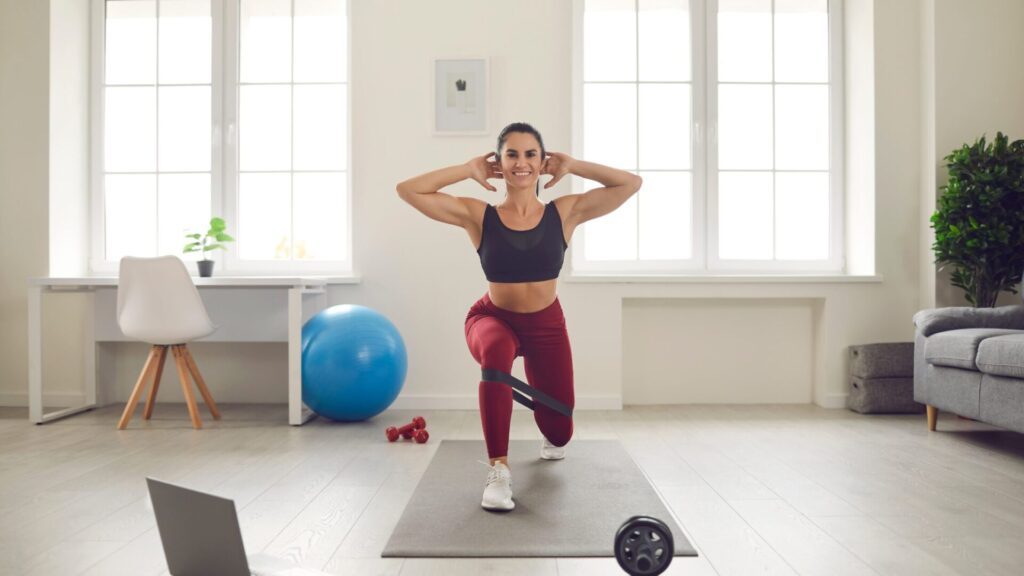
Resistance band exercises enhance strength and stability by providing constant tension during the movement. Here are the benefits:
● They can target small and large muscle groups alike.
● Improved muscular tone and strength without the need for heavy weights.
● Allows for a full range of motion, improving functional strength and flexibility.
● They are convenient and safe for all age groups, making them ideal for at-home workouts.
Enhancing Strength Training with Resistance Bands
Resistance bands are an effective addition to strength training routines, offering unique advantages that complement traditional weightlifting. Below are key points demonstrating how they can enhance strength training:
● Adaptive Resistance: Unlike weights, which provide a constant load, resistance bands create variable resistance, intensifying the exercise as the band stretches.
● Full-Body Workouts: Bands can be used for a wide range of exercises that work the entire body, aiding in the development of overall functional strength.
● Portable and Convenient: Lightweight and compact, resistance bands can be used at home, on the go, or even while traveling, ensuring a consistent workout routine.
● Versatility: They allow for seamlessly increasing or decreasing resistance levels to match the user’s strength training needs simply by changing bands or adjusting slack.
● Low Impact Exercises: Resistance band workouts tend to be easier on the joints, reducing the risk of injury compared to heavy lifting, making them a safer option for people of all fitness levels.
● Improved Control and Stability: Training with bands can help improve the body’s stability and control, as the user must maintain tension throughout the entire exercise, engaging more muscle groups.
● Cost-Effective: Resistance bands are generally more affordable than complete sets of weights, making them an economical choice for enhancing home gym setups.
● Aids in Rehabilitation: Often used in physical therapy, resistance bands can aid in rehabilitation from injuries by allowing for gentle strengthening of muscles and joints.
7- Core Strengthening Exercises
Strengthening the core is essential for overall fitness and stability, as it supports nearly every movement our body makes. Here are a couple of core exercises:
Core Exercises
● Leg Raises: Lie flat on your back with hands beneath your lower back for support. Keeping your legs straight, lift them slowly up to a 90-degree angle, then lower them back down without letting them touch the floor. Do 2-3 sets of 10-15 repetitions.
● Russian Twists: Sit on the floor with your knees bent, feet lifted slightly off the ground, and lean back at a slight angle. Hold your hands together and twist from side to side, tapping the floor beside you with each twist. For added intensity, hold a weight or medicine ball. Complete 2-3 sets of 15-20 twists on each side.
Advantages of Core Exercises
Core exercises not only sculpt your muscles but also provide numerous benefits:
● Enhanced Balance and Stability: A strong core improves your balance and stability, helping to prevent falls and injuries during physical activity.
● Better Posture: Strengthening the muscles around the spine and abdomen can lead to better posture and reduced back pain.
● Improved Athletic Performance: Most athletic movements rely on a solid core for increased power and precision.
● Supports Daily Activities: Routine tasks such as lifting groceries or climbing stairs become easier and more efficient with a strong core.
Benefits of a Strong Core to Overall Fitness and Posture
● Foundation for Physical Activity: The core is the body’s central foundation for all movement, and a strong core translates to better coordination and performance in all types of physical activity.
● Injury Prevention: A robust core supports the spine and pelvis during movement, which can prevent potential injuries and lower the risk of back pain.
● Enhances Agility and Power: A strong core allows athletes and individuals to respond quickly and with more power during dynamic movements in sports and daily life. ● Supports Functional Movement: Everyday activities like turning, bending, and reaching are supported by a strong core, making them more accessible and improving functional fitness.
● Improved Breathing: A strong and flexible core includes a well-conditioned diaphragm, which is crucial for proper breathing and can enhance endurance during physical activities.
8- Pilates for Professionals: Home-Based Exercises
Pilates is an excellent form of exercise for professionals who spend much of their time seated or in a sedentary state. Focusing on core strength, alignment, and mind-body awareness, Pilates can provide relief from desk-bound postures and associated discomforts. Introducing a few basic Pilates exercises that can be done in the comfort of your home:
Basic Pilates Exercises
● The Hundred: Begin by lying on your back with knees bent into your chest. Lift your head, neck, and shoulders off the ground, extend your arms, and pump them up and down while breathing in for five counts and out for five counts. Perform 10 sets for a total of 100 pumps.
● Pelvic Curl: Lie on your back with your feet flat on the floor, hip-width apart. Engage your core and slowly curl your spine off the floor, starting from the tailbone and ending at the shoulders. Hold momentarily, then roll down one vertebra at a time. Aim for 3 sets of 10-12 reps.
● Single Leg Stretch: Lie on your back with your knees towards your chest. Lift your head and shoulders, extending one leg out while hugging the other knee towards you. Alternate legs with a smooth motion for 2-3 sets of 10 reps on each leg.
Advantages of Pilates at Home
● Improved Focus and Concentration: Pilates emphasizes precise movements and breathing patterns that promote an increased state of mental focus.
● Flexibility Gains: Regular Pilates practice can improve your flexibility, making everyday movements smoother and easier.
● Accessible for Beginners: These exercises require no special equipment and are suitable for people of all fitness levels, including beginners.
● Integration into Daily Routine: Pilates exercises can be easily integrated into a daily routine, providing a quick method to counteract the strains of professional life.
Including Pilates in your at-home workout regimen is a step towards better postural alignment, increased core strength, and overall wellness. These basic exercises are designed to be both time-efficient and effective for professionals looking to maintain their fitness amidst a busy schedule.
Benefits of Pilates for Core Strength, Flexibility, and Stress Reduction
● Core Strength Enhancement: Pilates workouts focus intensely on the core, including the abdominals, lower back, hips, and glutes, leading to stronger, more toned muscles and improved core stability.
● Increased Flexibility: Through stretches and movements that increase the length of muscles, Pilates helps improve overall flexibility, which can reduce the risk of injuries and muscle soreness.
● Stress Reduction: The mindful breathing patterns and concentration required during Pilates practice can calm the mind, reduce stress, and promote a sense of relaxation and mental clarity.
9- Low-Impact Workouts for Recovery Days
On days designated for recovery, it’s important to choose exercises that help the body heal while still promoting movement and blood circulation. Here are three low-impact workout options that are gentle on the body yet effective:
● Walking: A simple yet powerful exercise, walking offers cardiovascular benefits without the strain on joints that comes with high-impact activities. Whether it’s taking a brisk walk in the neighborhood or a leisurely stroll in the park, walking helps to loosen up the muscles and provides mental relaxation.
● Swimming: The buoyancy of water reduces the weight-bearing stress on the body, making swimming an ideal workout for recovery days. Engaging in a few leisurely laps can provide a full-body workout that improves muscle strength, flexibility, and endurance, all with minimal joint impact.
● Cycling: Hopping on a bike for a light ride is another excellent low-impact activity. Whether on a stationary bike or out on a trail, cycling can improve leg strength and cardiovascular endurance without a high risk of injury. It’s an efficient way to maintain fitness levels while allowing the body to recuperate.
10- Mind-Body Connection: Meditation and Breathing Exercises
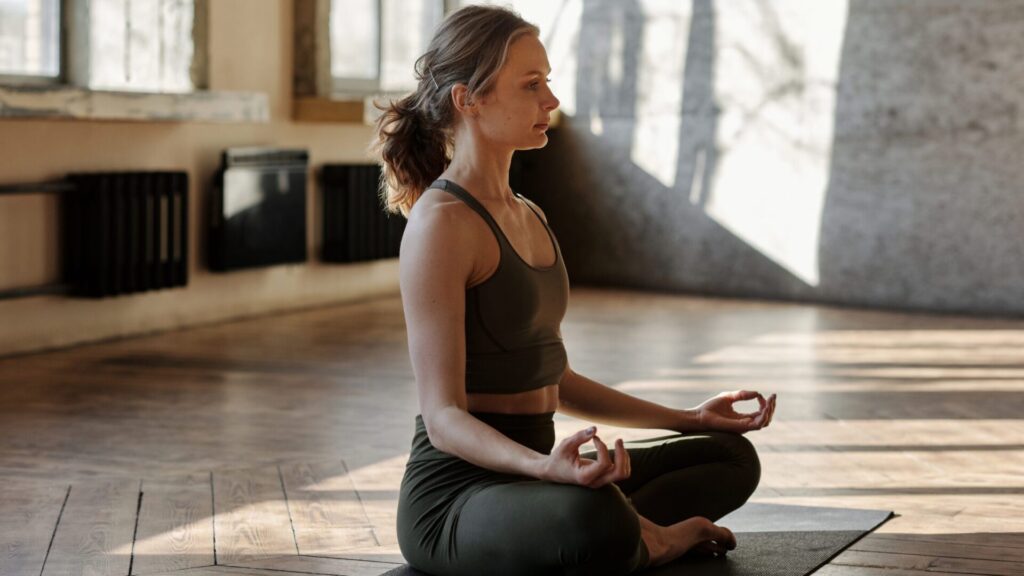
Cultivating a strong mind-body connection is as vital as maintaining physical health, and incorporating meditation and breathing exercises into your routine can significantly enhance mental wellness. These practices help in managing stress, increasing focus, and fostering a greater sense of peace. Here are some techniques to get started:
Simple Meditation Techniques
● Mindfulness Meditation: Find a quiet space, sit comfortably, and focus on your breath. As your mind wanders, gently bring your attention back to the breath. Start with five minutes a day and gradually increase the duration.
● Body Scan Meditation: Lie down and close your eyes. Starting from your feet, bring awareness to each body part, noting sensations and gently releasing tension as you move upwards to the top of your head.
Breathing Techniques for Relaxation
● Diaphragmatic Breathing: Place one hand on your chest and the other on your abdomen. Breathe in slowly through your nose, letting your diaphragm expand, and feel the abdomen rise more than the chest. Exhale slowly and repeat the process.
● 4-7-8 Breathing: Inhale silently through your nose for a count of four, hold your breath for a count of seven, then exhale with a whooshing sound for a count of eight. This pattern can quickly induce a state of relaxation.
Intersection of Mental and Physical Health
A robust mental state not only improves the ability to cope with stress but also enhances physical health by enabling better sleep, pain management, and immune function. Meditation and breathing exercises can lower the body’s stress response, leading to reduced inflammation and a state of rest that is conducive to healing. Integrating these practices into a physical fitness routine creates a holistic approach to wellness, ensuring the body and mind are in harmony. Embracing such methods can elevate the quality of both your physical workouts and overall life satisfaction.

